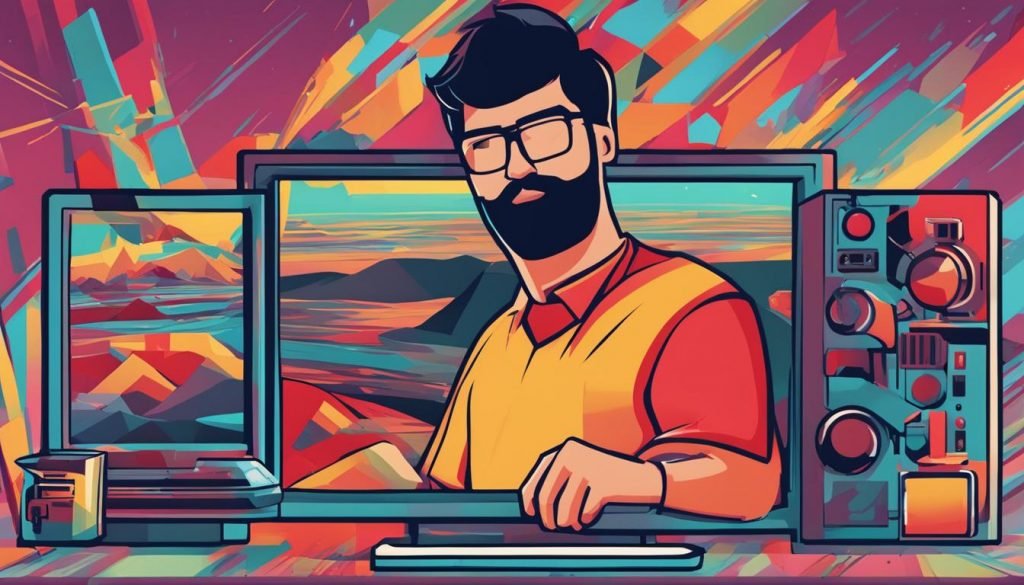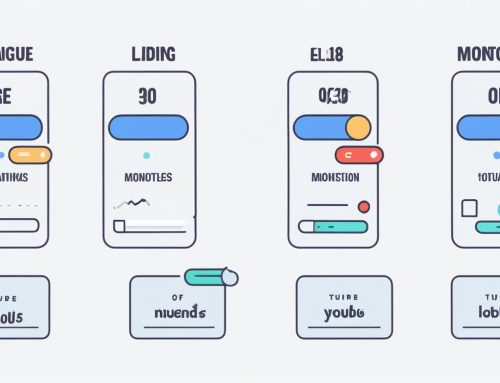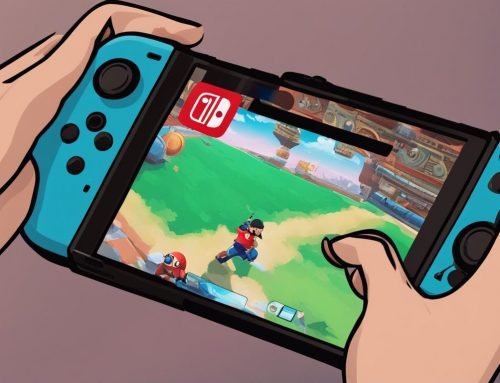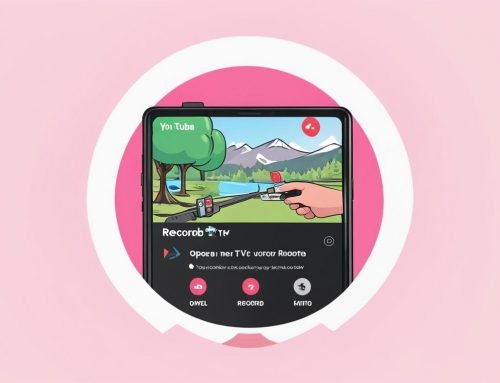Many users have reported issues with YouTube not working properly on Kodi. Some common problems include the Watch Later feature not functioning correctly, errors retrieving the Watch Later playlist, inability to play videos at certain resolutions, and playback errors. These issues have been reported by multiple users and have prompted discussions and suggestions for troubleshooting solutions on Kodi forums.
Key Takeaways:
- YouTube not working on Kodi is a common issue reported by users.
- The Watch Later feature may experience errors and issues with playlist retrieval.
- Troubleshooting video playback issues involves adjusting Kodi Add-On settings and API keys.
- Using a VPN is highly recommended for security and seamless streaming on Kodi.
- Configuring the YouTube Add-On settings properly can improve performance.
Quick Links:
Buy YouTube Views ▸ Buy YouTube Comments ▸ Buy YouTube Likes ▸ Buy YouTube Subscribers
Issues with the Watch Later Feature
Some users have experienced issues with the Watch Later feature on Kodi. While adding a custom playlist in the Add-On settings can partially fix the problem, users have reported errors when trying to add new videos to the Watch Later playlist. The error message “playlist not found” is displayed, even though the Watch List already has videos added. Several users have shared their logs to help diagnose the issue, but a definitive solution has not been found yet.
It is frustrating for Kodi users to encounter difficulties with the Watch Later feature, as it disrupts their video-watching experience. Despite efforts to troubleshoot the problem, such as adding custom playlists, users are still facing errors when trying to update their Watch Later playlist. This recurring issue hampers the smooth functioning of Kodi and prevents users from conveniently managing their video queue.
Explore some common causes and potential solutions for the Watch Later feature on Kodi:
- Playlist Configuration: One possible cause of the “playlist not found” error could be misconfigured playlist settings. Make sure that the Watch Later playlist is properly set up with the correct API keys and access permissions to avoid any conflicts.
- Logging and Debugging: Analyzing the logs could provide some insights into the issue with the Watch Later feature. Users who have shared their logs in Kodi forums have helped in identifying potential causes and finding effective solutions. Continue monitoring the community discussions for any breakthroughs.
- Update Add-Ons: Ensure that you have the latest version of the YouTube Add-On installed on Kodi. Developers regularly release updates to address bugs, and compatibility issues, and introduce new features. Updating the Add-On may alleviate some of the problems associated with the Watch Later feature.
- Community Support: Engage with the Kodi community to seek assistance from experienced users or developers. Online forums and dedicated Kodi support groups have proven helpful in resolving issues related to the platform. Sharing your problem and logs may attract the attention of individuals with relevant expertise who can offer potential solutions.
While there is no definitive solution available for the issues with the Watch Later feature on Kodi at the moment, the active involvement and support of the community can help in finding a fix. Kodi developers and users are continually striving to enhance the platform’s functionality and responsiveness. Stay updated on the latest developments and recommendations to overcome any obstacles encountered while utilizing the Watch Later feature on Kodi.
| Possible Cause | Solution |
|---|---|
| Playlist Configuration | Review playlist settings, ensure correct API keys and permissions |
| Logging and Debugging | Analyze logs and seek community support for troubleshooting |
| Update Add-Ons | Ensure YouTube Add-On is up to date |
| Community Support | Seek assistance from Kodi forums and support groups |
Troubleshooting Video Playback Issues

When using YouTube on Kodi, some users have reported difficulties with video playback, specifically with videos not playing at the desired 720p resolution. It has been observed that these videos can be played at 360p without any issues. Several users have shared their logs, indicating that the problem may be related to API keys and the configuration settings of the Kodi Add-On YouTube.
To address this issue, some users have found success by taking the following steps:
- Create a new Google dev project to ensure a fresh start.
- Generate new API keys and replace the existing ones in the Kodi YouTube Add-On settings.
- Adjust the settings within the Kodi YouTube Add-On to optimize video playback.
Note: These steps may vary depending on the version of Kodi and the YouTube Add-On being used. It is recommended to refer to the official documentation or community forums for specific instructions.
By following these troubleshooting steps, users can potentially resolve the playback errors associated with YouTube on Kodi. However, it is important to note that individual configurations and settings may differ, and further investigation may be required in certain cases.
Example:
John, a Kodi user, encountered issues when trying to play YouTube videos at 720p resolution. Despite having a stable internet connection, the videos would only play smoothly at 360p. Frustrated by this limitation, John searched for solutions online and came across reports suggesting issues with API keys and the Kodi YouTube Add-On configuration.
Following the recommendations, John created a new Google dev project, generated new API keys, and updated the settings within the Kodi YouTube Add-On. To his delight, these changes resulted in improved video playback performance, allowing him to enjoy YouTube videos at the desired 720p resolution.
Through troubleshooting methods like those mentioned above, users like John have been able to overcome the video playback issues experienced when using YouTube on Kodi.
Best Practices for Kodi YouTube Add-On Settings
To ensure smooth performance and resolve common issues with the YouTube Add-On on Kodi, users have recommended implementing specific settings and configurations. By following these best practices, you can enhance the functionality of the add-on and enjoy uninterrupted YouTube streaming on Kodi.
1. Create a New Google Dev Project and Generate API Keys
Creating a new Google Developer Project and generating fresh API keys can help resolve compatibility issues with the YouTube Add-On. Follow these steps:
- Go to the Google Developers Console and create a new project.
- Enable the YouTube Data API v3 in the project’s API library.
- Generate new API keys for both the server and client sides.
- Replace the existing API keys in the YouTube Add-On’s settings with the newly generated ones.
2. Install Necessary Addons for Proper Video Playback
Installing additional add-ons can improve video playback and compatibility. Consider adding the following add-ons to your Kodi setup:
- Input Stream Adaptive: Enables adaptive streaming and supports a wide range of video formats.
- RTMP Input: Allows playing RTMP streams, which may be required for some YouTube videos.
- InputStream Helper: Assists in configuring input stream options and resolving playback issues.
3. Enable MPEG-DASH and Disable Adaptive Video Quality
Enabling MPEG-DASH (Dynamic Adaptive Streaming over HTTP) and disabling adaptive video quality can help mitigate playback errors and optimize video streaming. Follow these steps:
- Navigate to the YouTube Add-On settings.
- Under the Playback section, locate the option for MPEG-DASH and ensure it is enabled.
- Disable the adaptive video quality option to prevent resolution switching during playback.
4. Disable Live Streams
Disabling live streams can help improve stability and prevent buffering issues when using the YouTube Add-On on Kodi. Here’s how:
- Access the YouTube Add-On settings.
- In the Live Streams section, disable the option for live stream support.
5. Utilize Correct IP Whitelist Settings
Some users have reported that properly configuring the IP whitelist settings can resolve playback issues on the YouTube Add-On. Follow these steps:
- Open the YouTube Add-On settings.
- Navigate to the General section.
- Check the IP whitelist settings and ensure they are accurate, allowing access to the necessary YouTube APIs.
By following these best practices, you can optimize the YouTube Add-On on Kodi and enjoy uninterrupted access to your favorite YouTube videos.
Importance of Using a VPN with Kodi
When it comes to streaming videos on Kodi, especially YouTube, using a Virtual Private Network (VPN) is crucial. A VPN offers numerous benefits, including enhanced security and protection against ISP throttling. By encrypting internet traffic, a VPN ensures that your online activities remain private and secure from prying eyes.
Not only does a VPN provide security, but it also allows you to bypass regional restrictions on content. With a VPN, you can access region-locked YouTube videos and enjoy a wider range of content from anywhere in the world. Additionally, a VPN helps to prevent buffering issues on Kodi by ensuring a stable and fast connection.
One of the most popular VPN choices for Kodi users is NordVPN. With its extensive network of servers worldwide, NordVPN offers fast and reliable connections, ensuring uninterrupted streaming of YouTube videos on Kodi. By using NordVPN, you can enjoy a seamless and buffer-free streaming experience while protecting your privacy.
In conclusion, to overcome common issues such as YouTube videos not playing or buffering on Kodi, using a VPN is highly recommended. Not only does it provide security and privacy, but it also allows you to access geo-restricted content. NordVPN is an excellent choice for Kodi users, offering reliable connections and a seamless streaming experience. Make sure to use a VPN with Kodi to enhance your online streaming experience while keeping your data safe and secure.
Read More
- How to Find URL on YouTube – Quick Guide
- How to Delete Subscriptions on YouTube
- Easy Guide: How To Find Someone’s Email on YouTube
- How to Find My Unlisted Videos on YouTube?
- Helpful Guide: Export Twitch Streams to YouTube
- Enable Memberships on YouTube: Easy Guide
- How to Edit Twitch Videos for YouTube: Simple Steps
- Step By Step Guide: How to Download a Private YouTube Video
- Step By Step Guide: How to Download a Private YouTube Video



